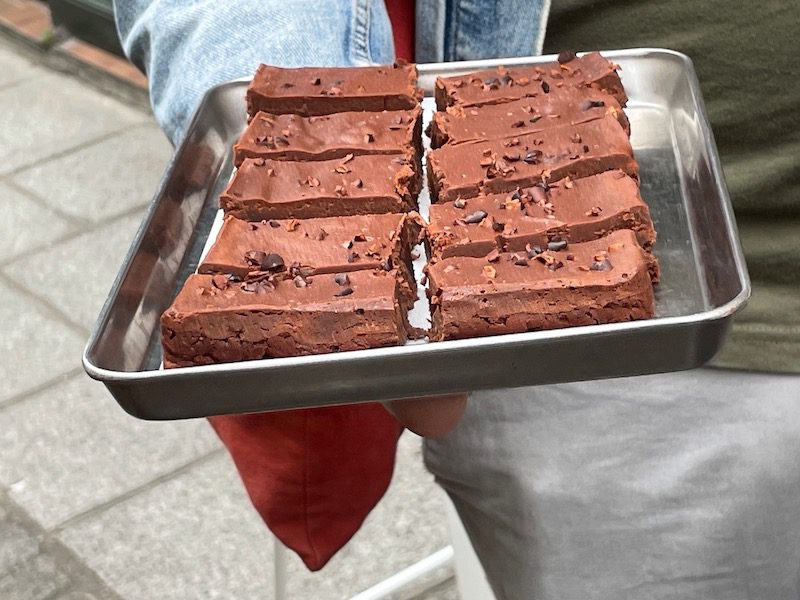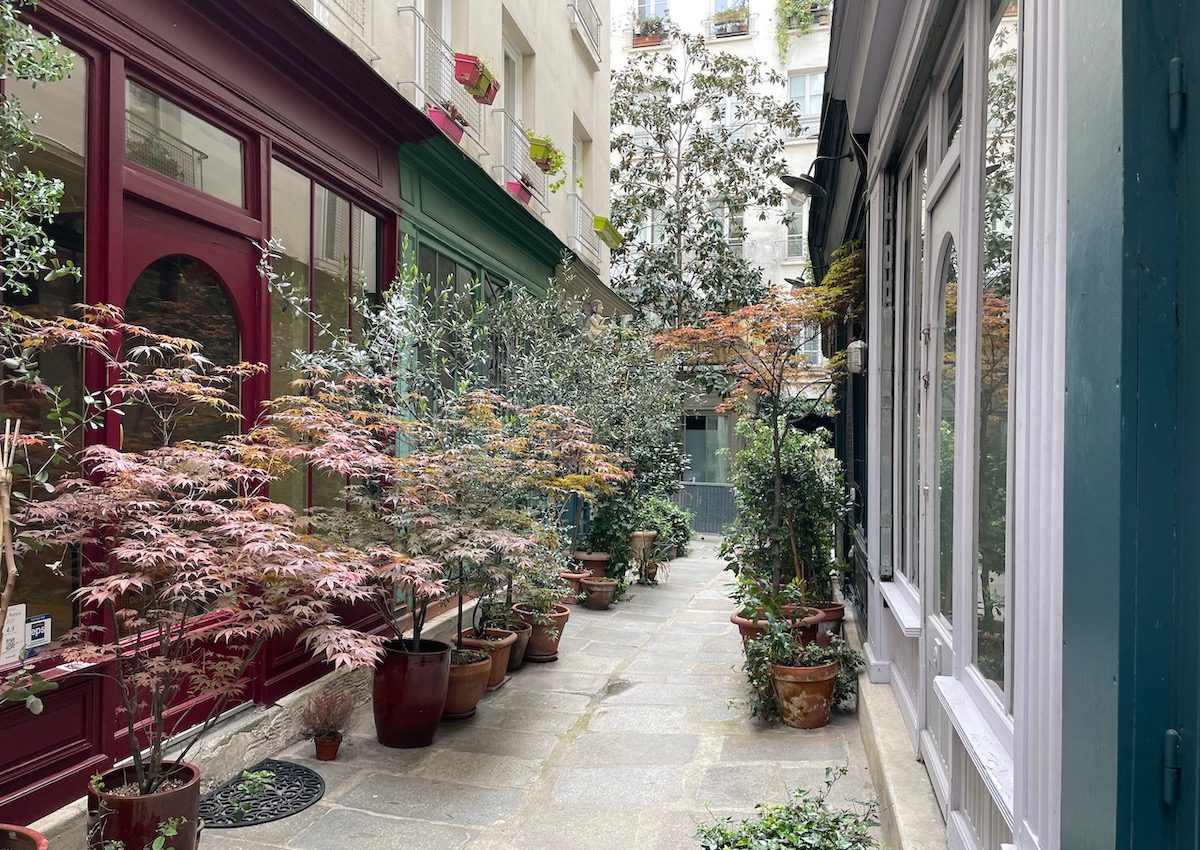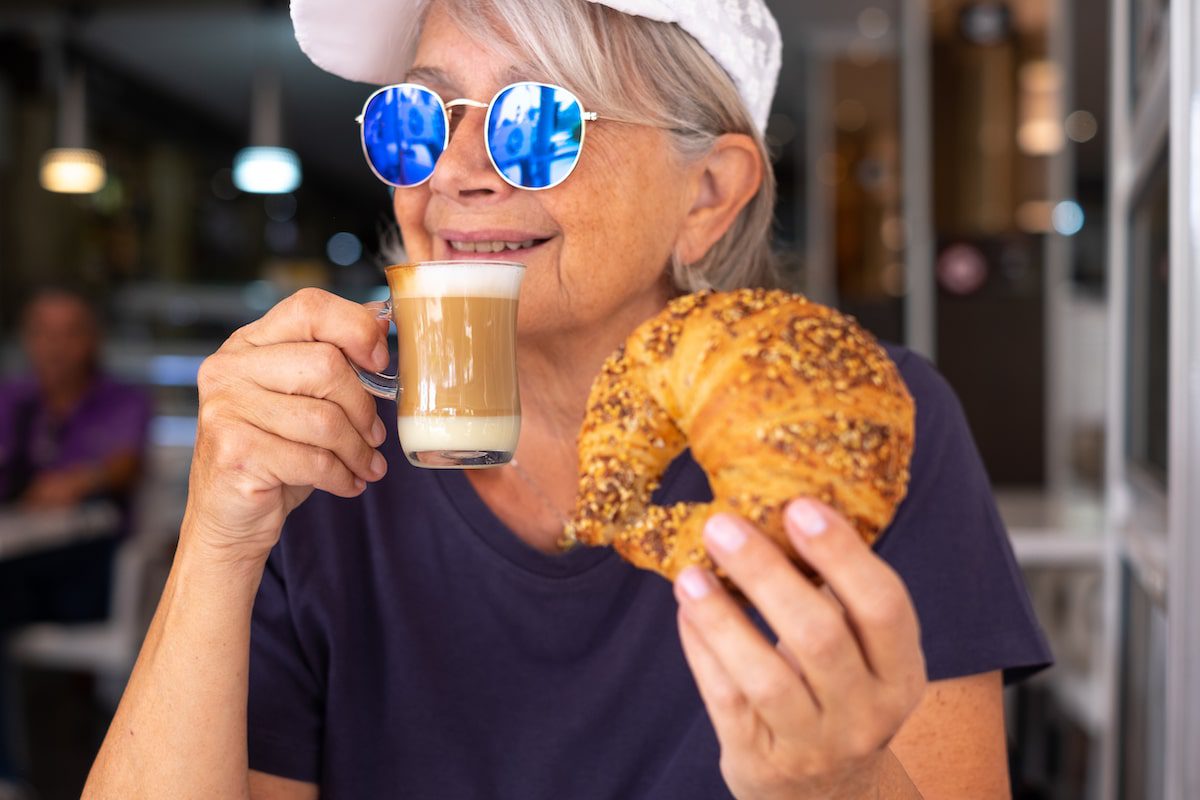Featured image: Food tours are one of the best ways to explore culture | Photo by lucigerma on Envato
Two food tours in Paris explore history and culture
by Leyla Alyanak
When we travel, it’s often because we’re curious about a culture, and what could be more central to culture than food? The late Anthony Bourdain put it perfectly: “Food is everything we are. It’s an extension of nationalist feeling, ethnic feeling, your personal history, your province, your region, your tribe, your grandma. It’s inseparable from those from the get-go.”
When we travel, whether to Paris or pretty much any city worldwide, finding a good food tour is often near the top of our list. Not only are they smooth introductions to local cuisine, but they offer us a peek into their host culture and the beginnings of a grasp of the destination’s history.
This is even truer if you’re in a country like France, where food isn’t just part of the cultural tapestry – it pretty much IS culture.
Why do a food tour?
Travel offers a multitude of opportunities for foodie experiences: restaurants and bakeries, of course, dinner at people’s houses, perhaps a foray through a local market or grocery store, or, one of my favourites, a food tour.
Mixing a guided historical walk with food sampling is the perfect way to taste it all, in small portions, without the hassles of deciding where to go or what to order, all the while learning about local cultures.
Who doesn’t want to field-test a croissant or macaron on their visit? But deciding where to go is the hard part: how do you know you’ll be testing the best of the best? And how much time do you want to spend researching and finding what you’re looking for?
Let’s take pastries in Paris, always a good place to start.
Exploring the Marais by mouth
Croissants are quintessentially French but they weren’t always so.
On a pastry and chocolate tour in the Marais, my guide, Davide, explained their foreign origin and how we had adapted them to the French palate (one word: butter).
Davide took us to an out-of-the-way organic bakery, with croissants whose texture wasn’t anything like I’d tasted before: crunchier on top, with a slight almond aroma inside. As we sat at a communal table, he entertained everyone by whipping out a sheet of newspaper and demonstrating how to fold it over and over to eventually yield a croissant shape. A true croissant apparently requires a minimum of 80 layers to qualify… not something I’ll be trying at home anytime soon.
A highlight was a stop at Stohrer on the rue Montorgueil. Founded in 1730, it is reputed to be the oldest patisserie in Paris.
It was apparently opened by the pastry chef of Marie Leszczyńska, daughter of a Polish king, and Louis XV’s wife. It was the custom back then for foreign women coming to court to bring chefs with them. Their recipes would be picked up by local chefs and, often, enhanced (butter again). And you’ll find this trend throughout French cuisine, as one way foreign influence made its way into our culinary heritage.
I didn’t think it was possible but I tasted something I’d never tasted before: Parisian flan. It’s not dissimilar to a Spanish flan or crème caramel, but instead of a caramel sauce, it comes clothed in a pastry shell. Of course. I hesitated at first, not being prone to things that are too sweet, but despite the light sugar feathering on the pastry, it was creamy, not sickly sweet, a perfect balance of what a French pastry should be. Having decided to sample a single bite, I ended up licking my fingers until the final crumb.

It may look like a small piece of everyday cake, but this tray almost caused an uproar on my pastry and chocolate tour in the Marais because we all wanted more / Photo by Leyla Alyanak

Stohrer on the rue Montorgueil, the oldest pastry shop in Paris, was founded in 1730 by Louis XV’s pastry chef. / Photo by Leyla Alyanak
We had many more food stops but the tour also enlightened me about the Marais, which means marsh, by the way, because food tours are not only about food but about the city.
Davide explained that during the 1860s, swathes of Paris were destroyed to make way for grand boulevards and classic buildings – a style called Hausmannian in honour of the architect of the city’s transformation, Baron Georges-Eugène Haussmann. Much of the old Marais was spared, and as we ate our way through the district, we learned about its makeup and history.
I was fascinated by the class structure of this particular architecture, which follows the same pattern in every building of this era. Shops were always on the ground floor, and the first floor was reserved for the lower middle classes (in France, the first floor is the one above the ground floor): less light came in than on the upper floors, and residents were closer to the sounds and smells of the street. Nobility followed, their apartments surrounded by elegant wrought-iron balconies. The middle classes would follow, and at the very top, behind those lovely skylights that dot Parisian roofs and attract photographers of every stripe, would live the servants who worked in the apartments below.
Paris at sunset
Another food tour, this time at sunset in the Latin Quarter, started with a visit to one of the few Roman ruins in Paris, the Lutetia Arena. These days, there’s not much left of Rome here other than its circular shape and stone bleachers – and a tradition of wine, which Romans first brought to France.
This particular tour was more of an apéro, and in Paris that implies drinking, especially light wines, and finger foods, like cheese and “charcuterie”. These are usually pork products, by the way, and inelegantly translated into English as “cold cuts”.
This tour brought home the sad fact that even though I’m French, I do not know everything there is to eat in my country!
The first inkling of my ignorance arrived in the form of a smooth pork paté. I was so busy eating it that I forgot to ask where it was from or what it was called.
I quickly recouped, however, when we visited the Ferme des Arènes cheese shop. I’m a fan of Comté cheese, which comes from my region, and I can be quite snobby about its age. Normally, I hunt for cheese that has been matured for 25 months, or until the crystals begin forming, giving it that salty, nutty flavour.
When the “fromager” told us his Comté was 36 months old, I almost cried with joy – this is not something my local cheese shop would ever stock. And it stood up to its reputation, so much so that I surreptitiously followed the tray around the shop until no trace of Comté was to be found.
Several stops involved sitting down for a group apéro, which reflects a reality of French society. The apéro is a finely honed custom and can take place with as few as two people. In France, we often go out (or meet at friends’ homes) for an apéro before dinner. These can be simple or fancy, but they’re more about the bonding and camaraderie than about the food and drink.
Read More: How Women Can Save Money In Paris
While bars are now extremely popular for snacking and even meals, nothing has succeeded in dethroning the eminent Parisian restaurant, of which there are some 14,000 in the Paris core – and here I mean restaurants, not cafés or fast food establishments. Just the sit-down kind.
Arturo, our guide on this tour, told us it hadn’t always been like this, and that before the French Revolution, Paris only had 20 or so restaurants. But with their bosses headed for the guillotine under the revolutionary regime, private chefs found themselves unemployed and began opening their own restaurants, paving the way for the cafés and modern wine and cheese bars we know today.
Some of the stops we made involved wine pairings, but as I don’t drink, I requested non-alcoholic drinks and kept my attention firmly on the edibles. Intriguingly, the non-drinker is no longer worthy of finger-pointing in France, and this is a radical change. Years ago, not drinking, or not eating meat or cheese, for that matter, would spark hushed conversations at nearby tables. Not drink wine? Not eat this or that? That person surely cannot be French!
How things have changed. A combination of evolving mores and the influx of foreign ideas and tourists have forced France to adapt, and these days, even my vegan brother can eat here to his heart’s content.

One of the “secret” passages on the Marais tour/ Photo by Leyla Alyanak
Why do a food tour?
Many cultures can trace the public food phenomenon to cultural festivals, during which local cuisines and techniques were showcased. The Bayonne Ham Festival dates back to 1462 and is now the region’s premier gastronomic festival. In Normandy, the Fête de la Coquille Saint-Jacques (or scallops) has been celebrated since the Middle Ages and most visitors to the area are keen to sample this traditional mollusk.
Pilgrimages, too, were often one of the few available travel experiences and as people moved through regions, culinary exchanges took place.
And at court, we saw how foreign chefs brought their own culinary favourites to France and how these were eventually integrated into our own cuisine.
By the 18th and 19th centuries, the concept of the Grand Tour was taking hold among a European elite avid for cultural enrichment and food discovery. When guidebooks and culinary literature followed, the relationship between gastronomy and tourism was forever sealed.
Click here to find the perfect food tour with Devour Tours!
Are food tours cultural experiences?
I would say they absolutely are.
Food tours reveal cultural insights we might not have had otherwise. They can also lead to local interactions, not just with tour guides but with food producers and chefs, many of whom speak English and are delighted to share their expertise.
For example, on one tour, we were treated to an explanation of the differences between natural, organic and regular wines, and on the other, to a lesson on the origins of chocolate (thankfully, we were able to taste a chocolate cake whose equivalent I have rarely encountered).
I find that food tours are also an avenue to discovery, both to new foods – the Paris flan – but also to new sights, like the less-visited covered passages we were led through.
Ultimately, food tours support the local economy, by paying the guides’ salaries and putting money into small businesses. But mostly, they cater to our own indulgence, allowing us to sample as much as possible in a limited amount of time, of a quality we would be hard-pressed to source on our own.
In the words of the beloved food writer M.F.K. Fisher, “First we eat, then we do everything else.”
More Culinary Travel To Discover
JourneyWoman Webinar: Culinary Travel for Women, Featuring France, Croatia and Mexico
Part of our Cultural Immersion series, join us for our February 24 webinar that explores how we can forge lasting connections through food.
Satisfying My Sweet Tooth on a Culinary Tour Through Paris and Strasbourg
A culinary tour in Paris mixes chocolate, fashion, shopping, and a bestselling author together for the perfect Christmas adventure.
Alcohol-Free Travel: A Different (and Healthier) Kind of Journey
With the growth of de-alcoholized beers, mocktails and sparkling wine, there’s never been a better to time to try alcohol-free travel.








I would definitely prefer to communicate with Leyla in French, or read her articles in French. Her English, although generally comprehensible, is frankly peculiar and her spelling dodgy. However, she looks like a nice lady, although I was shocked to read that French culinary traditions are disintegrating. France is the most civilised country in Europe (if not the entire world!); French cuisine is the finest and best in the entire world; the French attitude towards good food & wine is exactly as it should be. Good food & wine ARE the most important matters in life! No matter whether you are in Paris, Lyon or Clermont-Ferrand, or in a small village anywhere in the provinces, the cuisine will be magnificent, prepared with loving care and with the freshest local ingredients. In fact, I have only had one meal in France which was sub-standard: this was a Greek restaurant by the docks at Calais. It wasn’t actually bad, but they were obviously (and rightly) reluctant to waste too much time and effort on the barbarians intending to cross the Channel, who have no idea about fine cuisine anyway :-)))